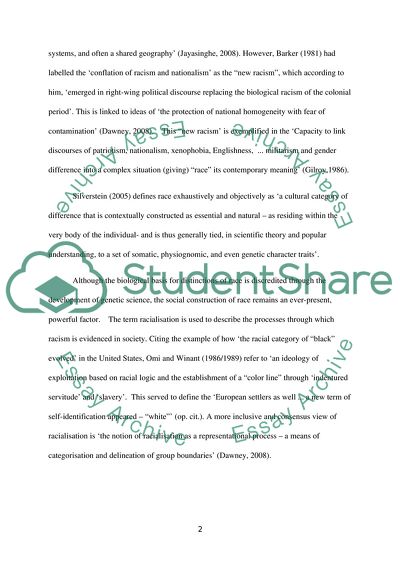Cite this document
(A Classification on Race Lines Case Study Example | Topics and Well Written Essays - 2000 words, n.d.)
A Classification on Race Lines Case Study Example | Topics and Well Written Essays - 2000 words. Retrieved from https://studentshare.org/sociology/1732461-critique-the-concept-of-racialisation
A Classification on Race Lines Case Study Example | Topics and Well Written Essays - 2000 words. Retrieved from https://studentshare.org/sociology/1732461-critique-the-concept-of-racialisation
(A Classification on Race Lines Case Study Example | Topics and Well Written Essays - 2000 Words)
A Classification on Race Lines Case Study Example | Topics and Well Written Essays - 2000 Words. https://studentshare.org/sociology/1732461-critique-the-concept-of-racialisation.
A Classification on Race Lines Case Study Example | Topics and Well Written Essays - 2000 Words. https://studentshare.org/sociology/1732461-critique-the-concept-of-racialisation.
“A Classification on Race Lines Case Study Example | Topics and Well Written Essays - 2000 Words”. https://studentshare.org/sociology/1732461-critique-the-concept-of-racialisation.


